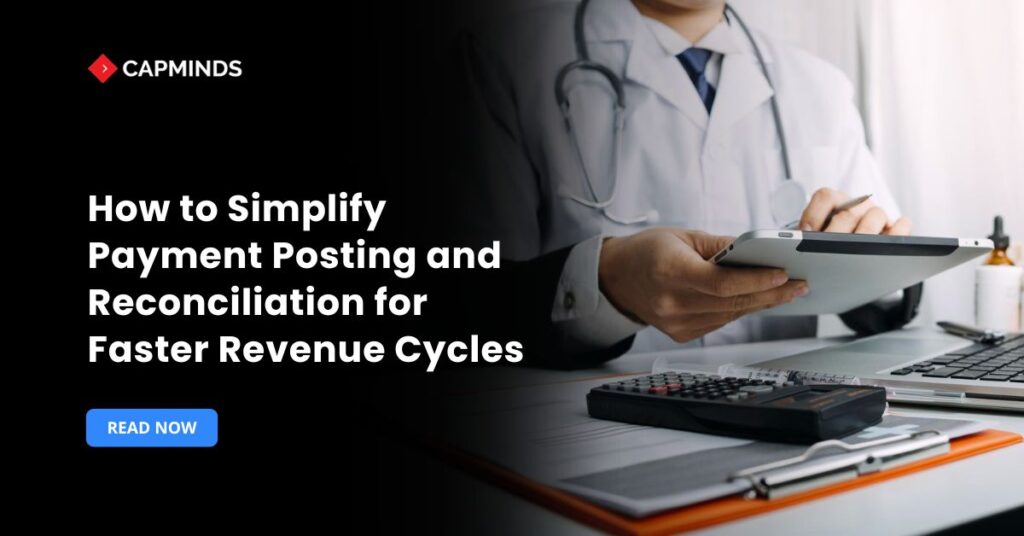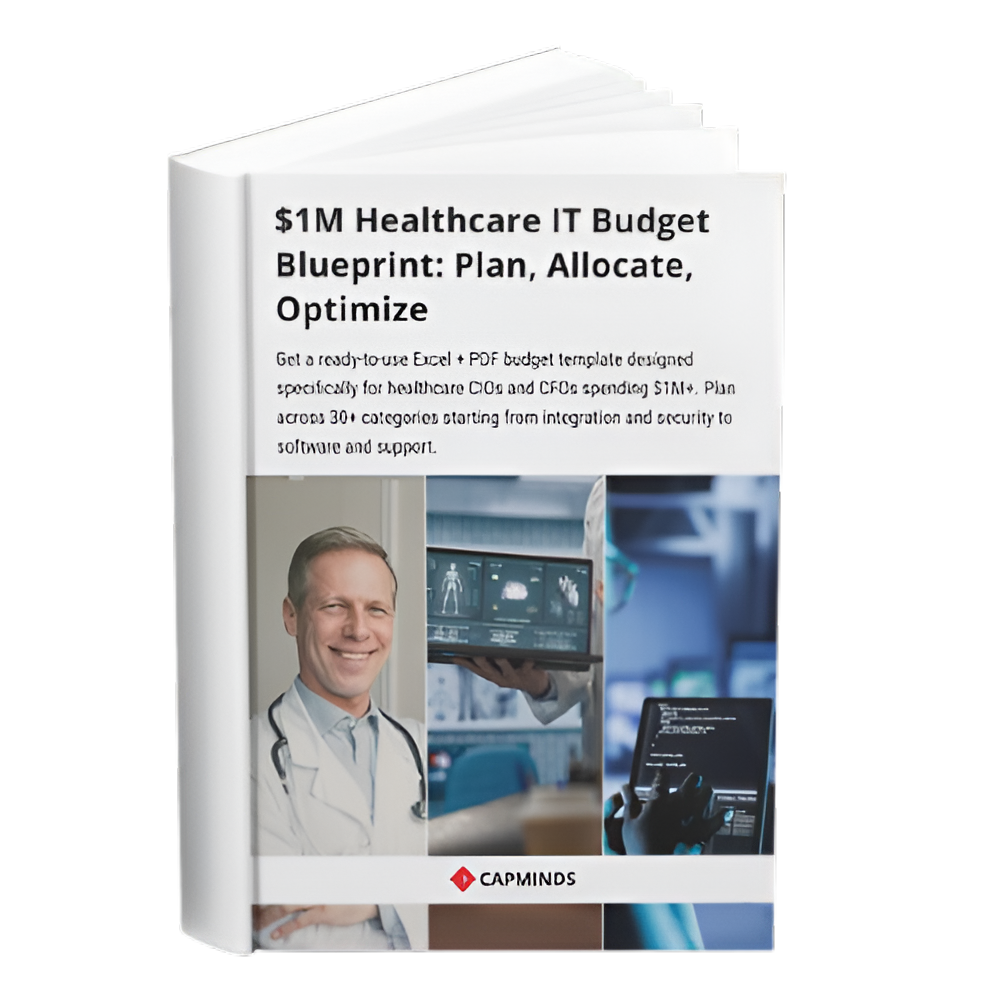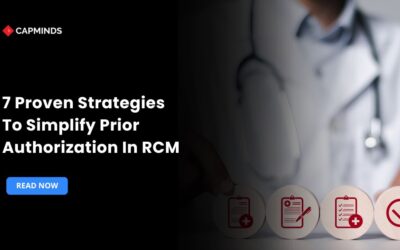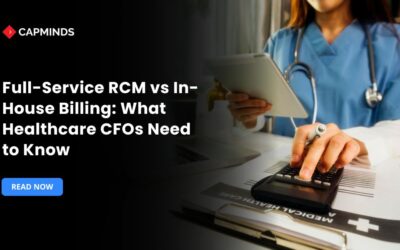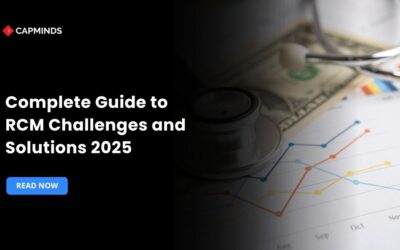How to Simplify Payment Posting and Reconciliation for Faster Revenue Cycles
When completed manually, payment posting and reconciliation, two crucial components of the healthcare revenue cycle, often create bottlenecks. Patients and insurance pay providers in a variety of ways. It takes a lot of effort and is prone to error to manually match and enter these payments.
Failures in this process create “unposted cash,” which hinders accurate revenue reporting. In actuality, delayed or careless posting results in unreliable audit trails, missed appeals deadlines, and stagnated cash flow.
Why Payment Posting & Reconciliation Become Bottlenecks
The crucial, yet sometimes disregarded, intersection of clinical operations and financial results in the majority of healthcare organizations is represented by payment posting and reconciliation. Many revenue cycle teams continue to experience ongoing slowdowns due to dispersed payment sources, intricate remittance structures, and irregular workflows, even with strong EHR and billing systems.
Every day, a single provider might get hundreds of payments, some in the form of ERAs, some in the form of paper EOBs, and an increasing percentage via patient portals or third-party payment platforms. Different processing, data validation, and mapping back to claims or encounters are needed for each type. Unapplied funds, delayed posting, and erroneous financial reporting are often caused by manual data entry, incorrect remittance codes, and payer-specific modifications.
When reconciliation is involved, the difficulty increases.
- Finance staff must spend days reconciling transactions line by line in the absence of automatic matching between deposits, ERAs, and the general ledger.
- Visibility into actual revenue realization is further complicated by payer takebacks, overlapping adjustments, and missing trace numbers.
In the end, these operational inefficiencies result in missed revenue opportunities, lengthier A/R days, and strained cooperation between the IT, accounting, and billing departments.
The lack of automation, integration, and uniform posting logic that converts raw payments into useful revenue insight is the problem for many suppliers, rather than a lack of data.
Automation Blueprint for Payment Posting & Reconciliation
1. Intake & digitization
The first step toward automated payment posting begins with intelligent intake and digitization. Payments come in from a variety of sources during a normal healthcare revenue cycle, including EFTs, ERAs, patient portals, lockboxes, and mailed EOBs. Even while billing systems may import electronic remittances (835s) directly, a sizable amount of remittance data is still in non-standard or paper formats. The procedure is slowed down by this fragmentation, which also raises the possibility of delayed or incorrectly recorded payments.
By transforming each payment and remittance into a single digital format, automation changes this intake layer. RPA bots may access payer sites to retrieve missing ERAs, while OCR and IDP technologies can extract structured data from paper EOBs, scanned checks, and PDFs. Prior to each payment record being entered into the RCM system, machine learning models verify extracted data against patient identifiers, claim numbers, and payer codes..
After being digitized, payments enter a centralized data queue where duplication is removed and file structures are standardized using normalization criteria. This establishes a single source of truth for all remittance data, facilitating the smooth operation of downstream automation, auto-posting, reconciliation, and analytics. In addition to speeding up payment intake, effective digitization creates data integrity, which is the cornerstone of a quicker and more dependable revenue cycle.
2. Intelligent cash application
Intelligent cash application is where automation begins to demonstrate real impact within the revenue cycle. It ensures that every dollar received is appropriately allocated, posted, and reconciled by bridging the gap between incoming remittances and claim-level financial accuracy.
In the past, cash application required billing teams to apply payments line by line, evaluate payer modifications, and manually match ERAs or paper EOBs to particular claims. When handling large claim volumes across several payers, this manual approach frequently results in posting delays, unapplied funds, and higher error rates.
This procedure is improved by automation through AI-driven and rule-based matching. To automatically link each payment to the appropriate account, sophisticated engines examine remittance data, patient identities, service codes, and claim histories.
These systems apply contractual adjustments, identify payer-specific CARC/RARC codes, and even manage partial or zero-dollar posts with little human intervention.
3. Code-driven adjustments
Code-driven adjustments form the analytical backbone of automated payment posting. Standardized adjustment codes, such as CARCs and RARCs, are included in every remittance file, whether it is an ERA or a paper EOB. These codes explain the reasons for a payment’s reduction, denial, or modification. Ensuring financial integrity, compliance, and prompt resolution of variations requires correct and consistent interpretation of these rules.
Billing professionals must examine each code in manual workflows, ascertain its meaning, and apply the appropriate action, such as secondary billing, contractual write-off, or patient responsibility. In addition to slowing down operations, this manual interpretation causes inconsistency when different employees respond differently to comparable situations. Automation replaces this subjectivity with logic.
- Code-mapping engines that relate to payer-agnostic rule sets in line with CAQH CORE and HIPAA-compliant adjustment standards are used by contemporary RCM and posting systems.
- Predefined posting actions, such as contractual adjustments for CO-45, patient transfers for PR-1, or rejection workflows for CO-97, are triggered by each CARC/RARC combination.
- By identifying recurrent payer behaviors and automatically updating mappings, machine learning gradually improves these rules.
As a result, the posting process is quicker, more precise, and fully auditable, providing finance teams with detailed insight into revenue leakage causes and adjustment patterns while upholding operational uniformity and compliance across all payers.
4. Bank reconciliation integration
The crucial component that guarantees posted payments in the billing system match real cash flow in the bank is bank reconciliation integration. Healthcare businesses run the risk of discrepancies between recorded revenue and deposited funds in the absence of this connection, which could lead to gaps in financial visibility and delay the month-end close.
Manually, the finance team used to compare deposit reports, ERA batches, and general ledger entries to verify accuracy. This is a tedious, most complex, and time-consuming line-by-line matching process, especially while dealing with multiple bank accounts, payment gateways, and payer remittance patterns.
- Missing trace numbers
- Split deposits
- Takebacks often lead to unresolved variances that sit unreconciled for weeks.
Automation transforms this step through real-time bank data integration. Secure APIs or NACHA file feeds pull daily transaction data directly from banks and automatically match deposits to posted remittances using trace IDs, batch numbers, and payer identifiers. When mismatches occur, such as overpayments, short deposits, or duplicate entries, the system flags exceptions instantly for review.
5. Exception handling queues
When automation handles 80–90% of payment posting and reconciliation, the remaining 10–20% of transactions become the true test of operational maturity, and that’s where exception handling queues come in. These intelligent worklists ensure that every unresolved, mismatched, or incomplete transaction is routed to the right person, at the right time, with full context.
Let’s break down how modern exception handling works in a health-tech-driven environment:
- Automated Detection
- The system flags anomalies in real time, such as missing ERA data, unbalanced adjustments, payer takebacks, or deposits without remittance references.
- Each exception is categorized (e.g., mismatch, underpayment, denial, reversal, unapplied cash) and prioritized by financial impact or aging.
- Intelligent Routing
- Exceptions automatically flow into queues segmented by specialty, payer, or workflow type.
- Role-based access ensures that billing, posting, and reconciliation teams work from the same unified dashboard without duplication.
- Guided Resolution
- Each queue item includes claim details, adjustment codes, and payer notes, enabling staff to resolve issues faster without switching systems.
- Machine-learning models are fed by resolved cases, which improve posting guidelines and minimize similar mistakes in the future.
Exception queues reduce income leakage, increase transparency, and continuously improve automation accuracy by transforming what was once a reactive cleanup procedure into an organized, feedback-driven cycle.
6. Secondary/tertiary automation
In most healthcare organizations, secondary and tertiary billing is where even the most efficient revenue cycle processes tend to slow down. The workflow itself is disjointed, payer-specific, and frequently reliant on manual coordination, not a lack of expertise on the part of the staff.
Real-World Challenges:
- Delayed secondary submissions: Once the primary claim is paid, teams often wait days (or weeks) to reprocess and submit secondary claims manually. A/R days are increased, and the reimbursement cycle is prolonged as a result of this delay.
- Fragmentation of data: Manual recalculations or rekeying are often necessary since the residual balance, contractual adjustments, and patient responsibility from the primary ERA don’t always flow smoothly into secondary claims.
- Errors in COB: Secondary or tertiary claims bounce back as duplicates or incorrect submissions when payer hierarchies or patient coverage data are not synchronized.
- Gaps in visibility: When systems don’t communicate, it becomes difficult to track claim status across several payer tiers, which results in uncollected amounts and missed follow-ups.
Automation-Driven Solutions:
- Auto-triggered secondary claims: Automation immediately creates secondary and tertiary claims with updated balances and payer information after the initial ERA posts, eliminating delays.
- Smart data mapping: System logic cascades payments and adjustments from primary to secondary automatically, preserving accuracy at the line-item level.
- Integrated COB validation reduces denials by using built-in criteria to confirm payer order and coverage details before submission.
- Unified tracking of claims: Dashboards provide finance teams with complete transparency and expedited resolution by combining multi-payer claim lifecycles.
The human chaos of multi-payer billing is eliminated by automation, which turns repeated rework in secondary and tertiary workflows into a continuous, efficient process that maintains cash flow through all payer layers.
7. Patient payments & plans
Particularly as high-deductible health plans and out-of-pocket expenses continue to rise, patient payments and installment plans have grown to constitute a substantial percentage of healthcare revenue.
However, patient portals, card terminals, postal checks, and third-party financing platforms all enter data into different systems, making it extremely difficult for many providers to manage this revenue stream. Reconciling these payments back to encounters and balances is laborious and prone to error in the absence of automation.
- By consolidating all patient payment information into a single ledger, automation simplifies this complexity.
- Whether through online payments, recurring plans, or point-of-service collections, integrated payment gateways instantly send transactions to the appropriate patient account.
- In order to ensure accurate and transparent patient accounts, rule-based logic distributes payments among open encounters, co-pays, and outstanding balances.
Intelligent scheduling tools automatically apply each recurring payment for installment or payment plans, updating account balances and notifying teams when a payment fails or a plan is almost finished. These technologies lower administrative overhead and increase collection rates without taxing employees when paired with digital reminders and secure payment connections.
The end product is a patient-friendly, cost-effective procedure with real-time payment posting, plan management, and reconciliation that improves cash flow and patient happiness while upholding complete PCI and HIPAA compliance.
8. Security & compliance
Security and compliance are non-negotiable in payment posting and reconciliation. Every transaction involves financial data and protected health information, therefore, compliance with HIPAA, HITECH, and PCI-DSS is crucial. Role-based access controls, multi-factor authentication, and data encryption must be enforced by automated systems when the data is in transit and at rest. Transparency during internal or external audits is ensured by thorough audit logs that keep track of every posting and modification.
Additionally, SOC-2 accreditation is maintained by compliance-ready automation solutions, guaranteeing vendor responsibility and operational integrity. Furthermore, for safe EFT and ERA transactions, integrations with banking and payment gateways adhere to NACHA and CAQH CORE standards. Healthcare companies maintain regulatory alignment, safeguard patient confidence, and avoid data breaches by integrating compliance into every automation layer without compromising operational speed.
CapMinds Payment Posting & Reconciliation Services
Accelerate your revenue cycle with CapMinds’ end-to-end healthcare technology services designed to eliminate manual bottlenecks in payment posting, reconciliation, and beyond.
Our automation-driven solutions empower hospitals, clinics, and billing teams to transform revenue cycle operations with precision, speed, and compliance.
At CapMinds, we help healthcare organizations:
- Automate payment posting & reconciliation through intelligent data mapping, rule engines, and RPA workflows.
- Streamline medical billing & cash applications to minimize errors and accelerate A/R turnaround.
- Digitize EOBs, ERAs, and financial workflows with advanced OCR and integrated bank reconciliation systems.
- Enhance compliance and audit readiness with HIPAA, PCI-DSS, and SOC-2 aligned automation.
From medical billing to EHR integration, RCM automation, and healthcare interoperability, CapMinds delivers unified solutions that simplify operations and strengthen financial performance.
Empower your practice with seamless payment automation.
Schedule a free consultation with CapMinds to modernize your revenue cycle.
